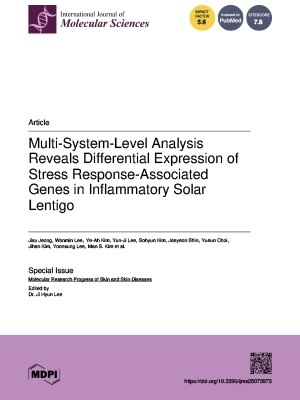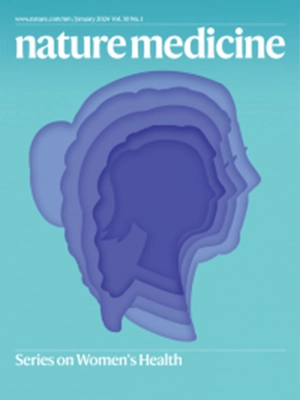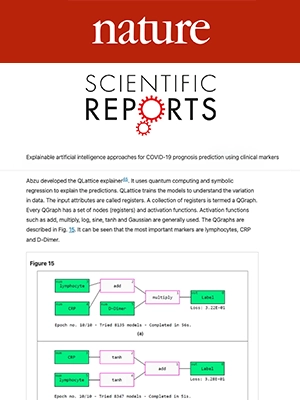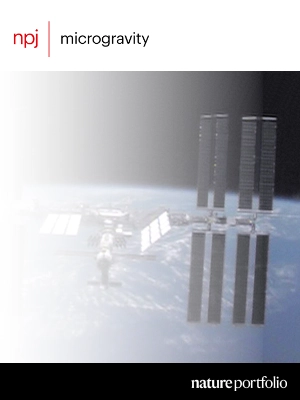Michael Christiansen, Casper Wilstrup, Paula L. Hedley. American Journal of Obstetrics & Gynecology (June 28, 2022).
To the editors:
Screening for preeclampsia (PE) has not yet reached widespread clinical implementation, despite decades of research and the identification of several biomarkers and clinical risk factors. However, new machine learning (ML) methods provide promise for early pregnancy PE screening, as they enable a combination of deep clinical phenotyping and biomarker information with environmental exposures. The contemporary use of electronic health records and the standardization of clinical and biomarker information have set the scene for improvements in PE screening by considerably improving the possible “input” to a screening program.












